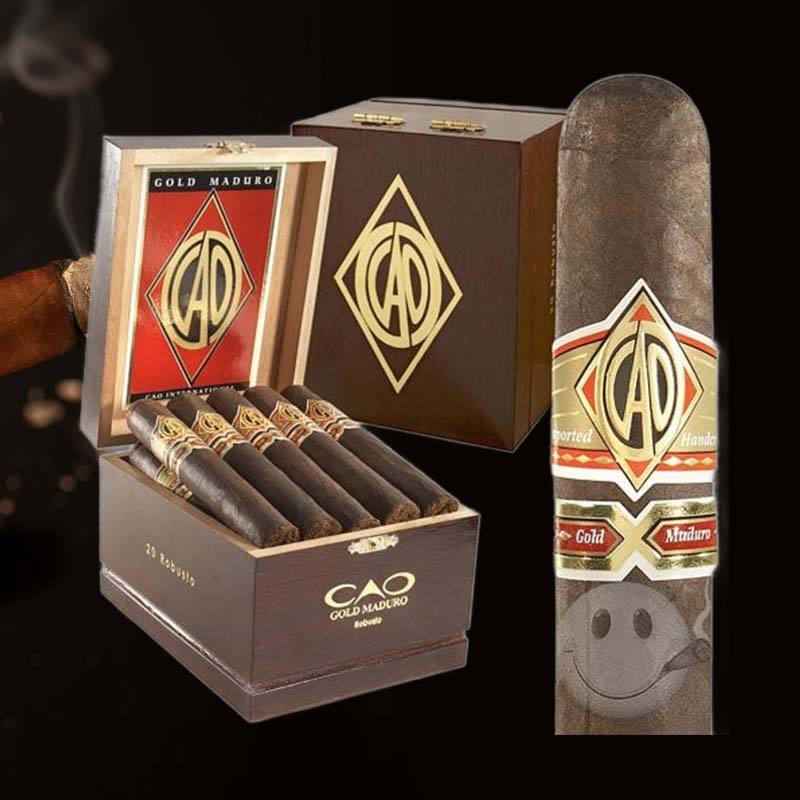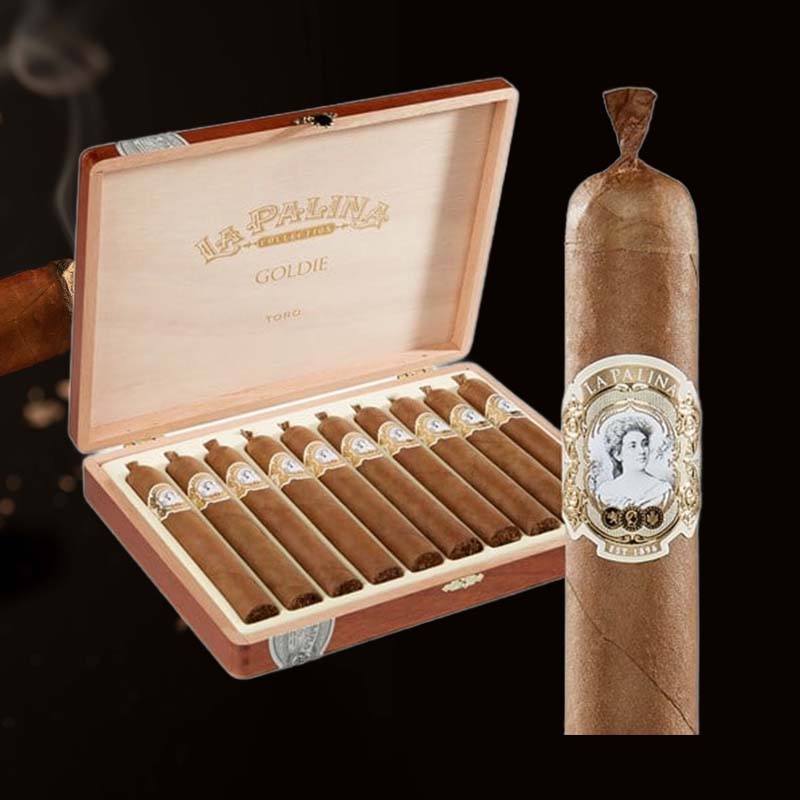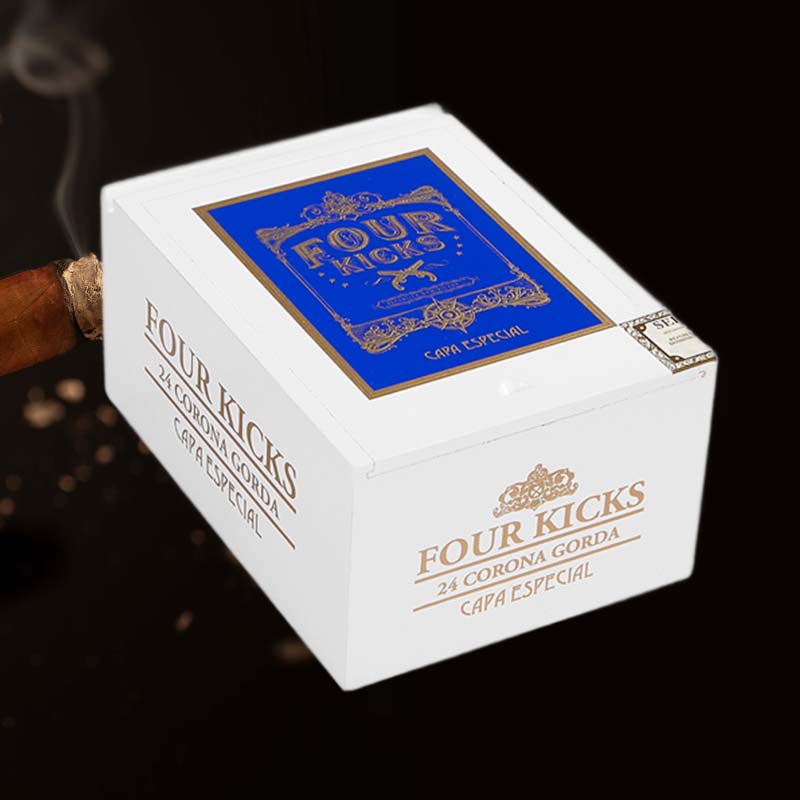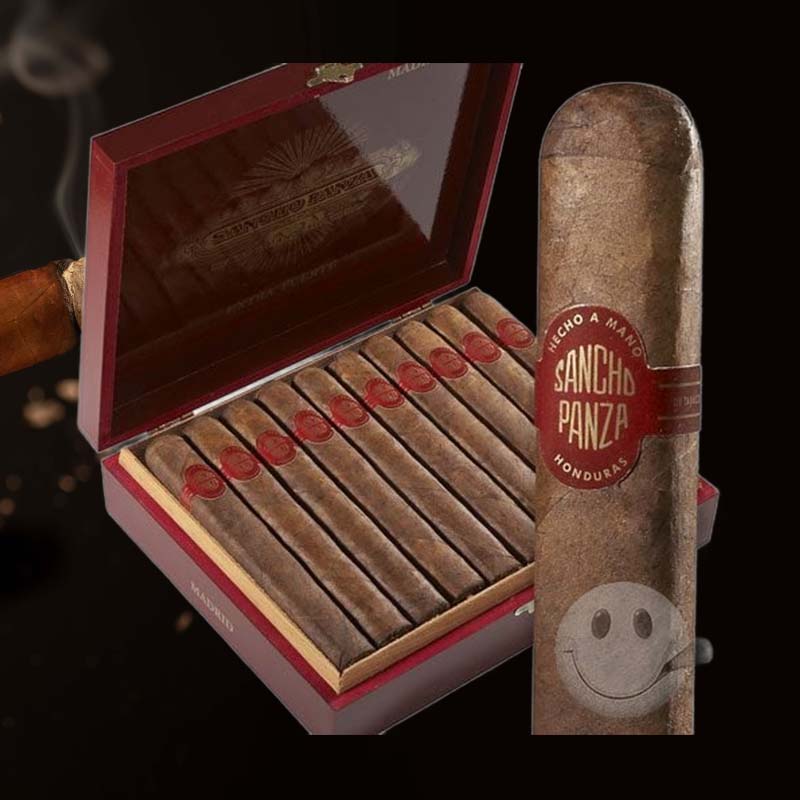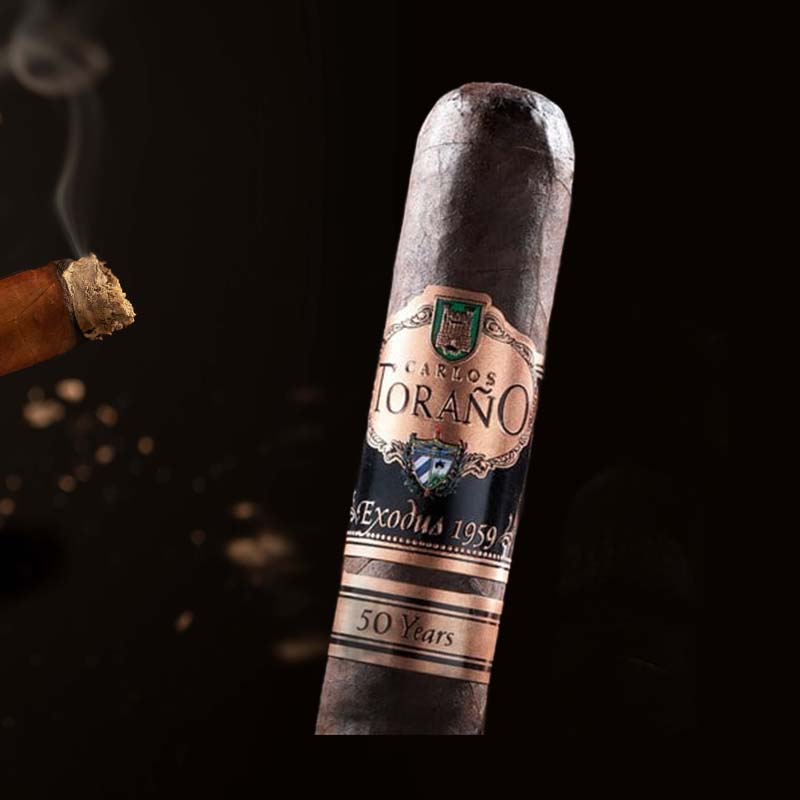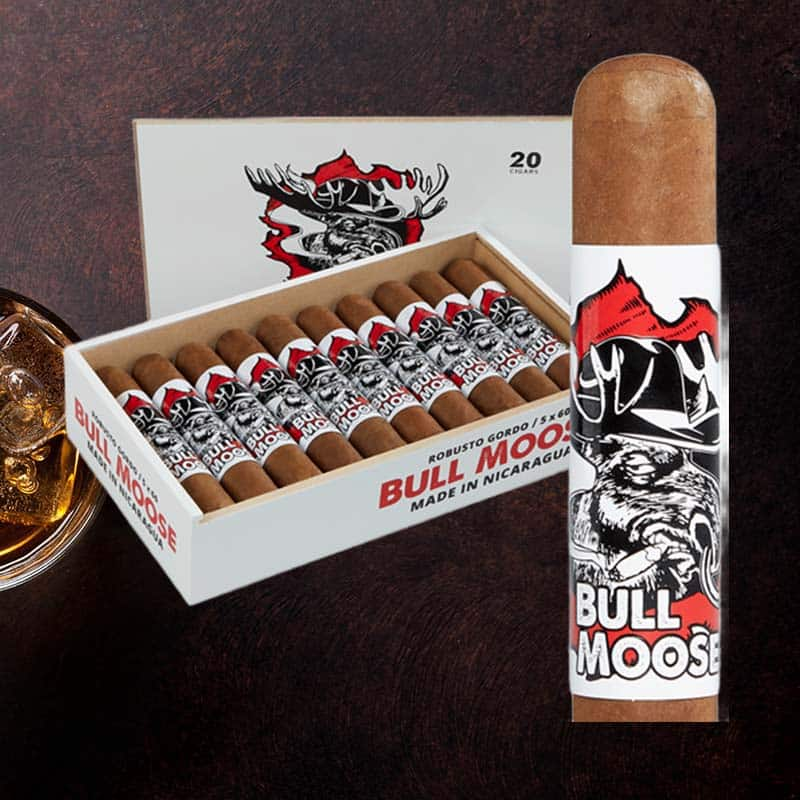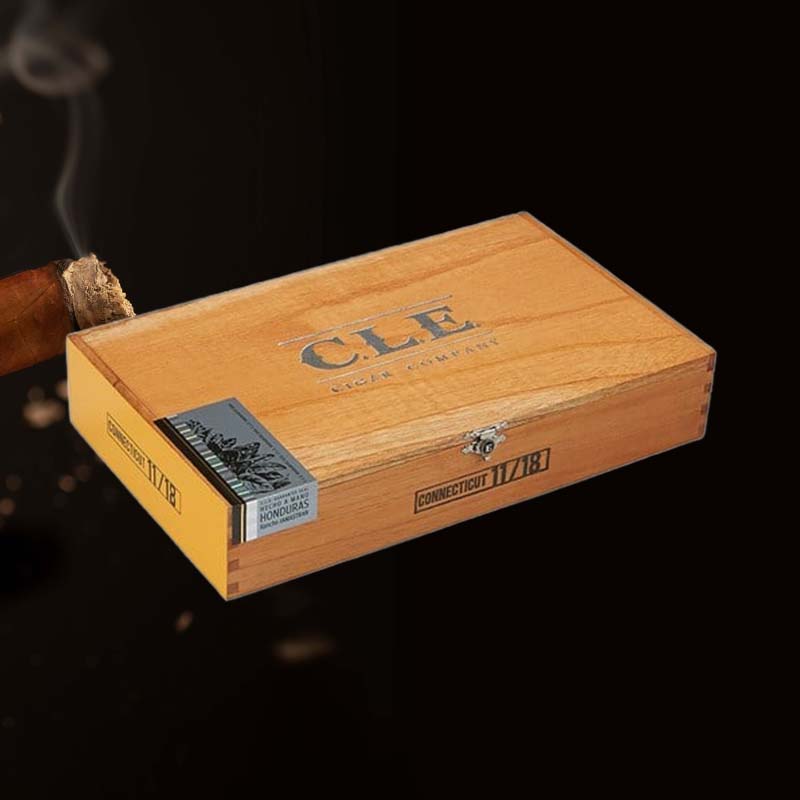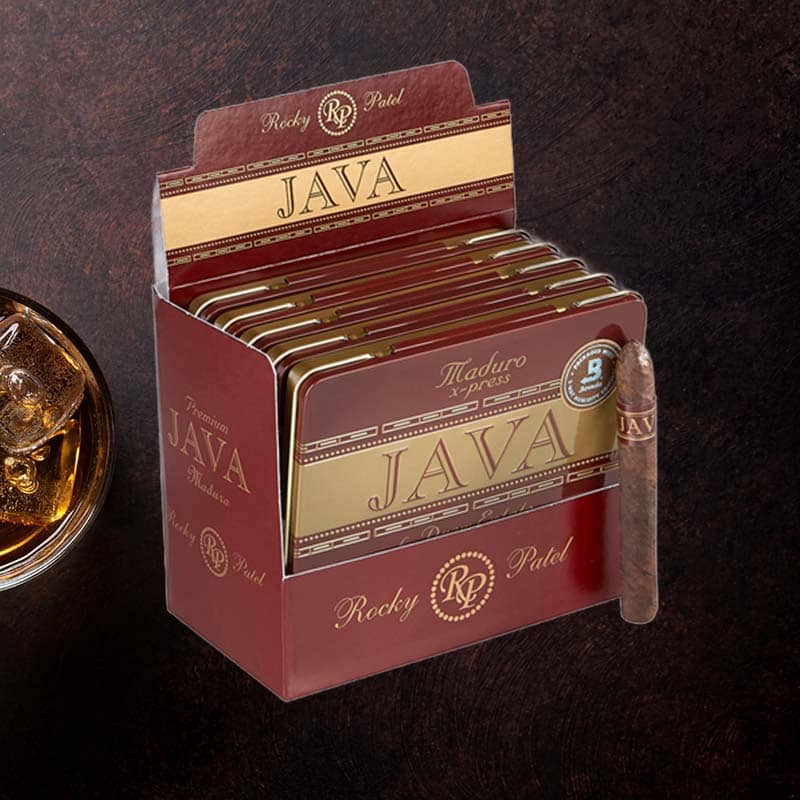Guide to torch lighters
Everything You Need to Know About Torch Lighters
As a cigar enthusiast, nothing can dampen my spirits more than struggling to light my favorite cigar. That’s where torch lighters come into play. Over the years, I’ve explored various types of lighters and discovered that a quality torch lighter is indispensable in my smoking ritual. In this guide, I’ll share my insights and experiences to help you choose the right torch lighter that fits your lifestyle.
Why Choose a Torch Lighter?
I remember the first time I used a torch lighter; it was a game-changer. The even, consistent flame made lighting my cigar a breeze. Torch lighters have several advantages:
- Wind Resistant: Perfect for outdoor use, a torch lighter can withstand breezy conditions.
- Precise Flame: Their concentrated flame makes it easy to light cigars without charring them.
- Versatility: Ideal for lighting cigars, pipes, and even culinary uses.
Types of Torch Lighters
Single Jet
A single jet torch lighter is the go-to for many beginners, providing a manageable flame that’s easy to control. They’re lightweight and perfect for those casual smoke breaks.
Double Jet
For those times when a single flame isn’t enough, a double jet torch offers a more intense heat. This type has proven especially useful when I want to light a wider foot cigar more quickly.
Triple, Quadruple, Etc.
When efficiency is key, I opt for triple or quadruple jet lighters. They provide an incredible heat source and are unparalleled for lighting larger cigars swiftly and evenly.
Torch Lighter Components
Fuel Tank
The fuel tank is the heart of a torch lighter, storing the butane fuel. It’s crucial to monitor the fuel level to prevent interruptions during a significant moment.
Fuel Window
Some models come with a fuel window, allowing me to see when it’s time to refill without opening it.
Spark Mechanism
This component ignites the gas. A reliable spark mechanism is essential for a seamless lighting experience, which is non-negotiable for diligent cigar aficionados like me.
Protective Cap
The protective cap safeguards the nozzle from dirt and damage; keep it on when the lighter is not in use.
Adjustable Nozzle
With an adjustable nozzle, I can control the flame’s intensity, making it easier to adapt it to different types of cigars.
What to Look For in a Torch Lighter
Aesthetic and Style
There’s something gratifying about holding a beautifully crafted torch lighter. I often choose one that not only feels good in my hand but also matches my personality.
Size
Portability is crucial; I prefer a lighter that fits in my pocket but isn’t too small to use efficiently.
Durability
Durability is paramount; my torch lighter needs to survive the adventures I take it on, whether it’s a beach bonfire or a mountain retreat.
Types of Torch Lighter Fuel
Torch Lighter Butane
Butane is the most common fuel for torch lighters. I always opt for high-quality butane to ensure a clean burn and prolong the lifespan of my lighter.
Environmental Considerations
Sustainability matters to me. Responsible sourcing and disposal of butane can minimize environmental impact.
How to Refill Your Torch Lighter
Step-by-Step Guide to Refilling
Refilling your torch lighter can be simple if you follow these steps:
- Ensure your lighter is completely empty.
- Hold the lighter upside down.
- Insert the butane canister tip into the refill valve.
- Press down firmly for about 5 seconds.
Common Mistakes to Avoid
One mistake I’ve made in the past is refilling while the lighter is still hot. Always wait for it to cool down to prevent accidents.
Proper Lighting Technique
Adjust Your Flame Height
Before lighting, I make sure the flame height suits my needs. It prevents unnecessary charring of the cigar.
Hold the Foot of Your Cigar Away from the Flame
When I light my cigar, I hold the foot away from the flame, allowing it to warm up gradually. This ensures an even light.
Gently Toast the Foot
I gently toast the foot before taking a draw, which enhances the flavors of the cigar immensely.
Storing Your Torch Lighter
Storage Tips to Prevent Accidents
I always store my torch lighter in a cool, dry place, away from direct sunlight. This helps prevent accidental ignitions.
Ensuring Longevity
Regularly checking for leaks and cleaning it helps ensure my lighter lasts longer, keeping it in prime condition for those special moments.
Essential Safety Tips
Dos and Don’ts
I’ve learned the hard way about safety. Always use your lighter in well-ventilated areas and avoid overfilling it. Don’t use it near flammable materials!
Emergency Measures
If anything does go wrong, I keep a small fire extinguisher nearby. Safety should always be a priority.
The Comprehensive Torch Lighter Maintenance Guide
Torch Lighter Cleaning
I regularly clean the nozzle with a soft cloth to ensure a pristine flame. This maintenance step is often overlooked but crucial for reliability.
When to Replace
Knowing when to replace my lighter is vital. If the flame is inconsistent, or it won’t light, it may be time for a new one.
Tips for Extending Life
To extend the life of my torch lighter, I regularly check the ignition and avoid exposing it to extreme temperatures.
Customizing Your Torch Lighter
Express Your Style
I’ve often customized my torch lighter with various designs to reflect my personality. It adds a personal touch that makes my smoking experience more enjoyable.
Branding Opportunities
For businesses, customizing lighters can create fantastic branding opportunities. It’s an effective way to leave a lasting impression with clients.
FAQ
What fuel do I need for a torch lighter? Torch lighters typically use butane, which is readily available and allows for a clean burn.
Can I use regular lighter fluid in a torch lighter? No, regular lighter fluid is unsuitable for torch lighters; always use high-quality butane designed for these devices.
How often should I clean my torch lighter? It’s best to clean your torch lighter regularly, ideally every few weeks, to ensure optimal performance.
